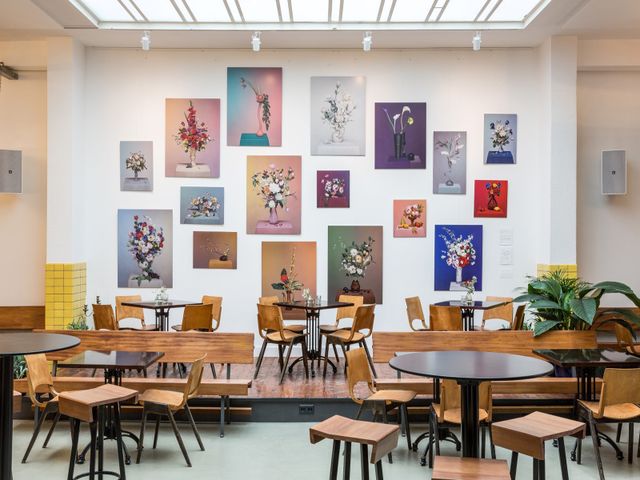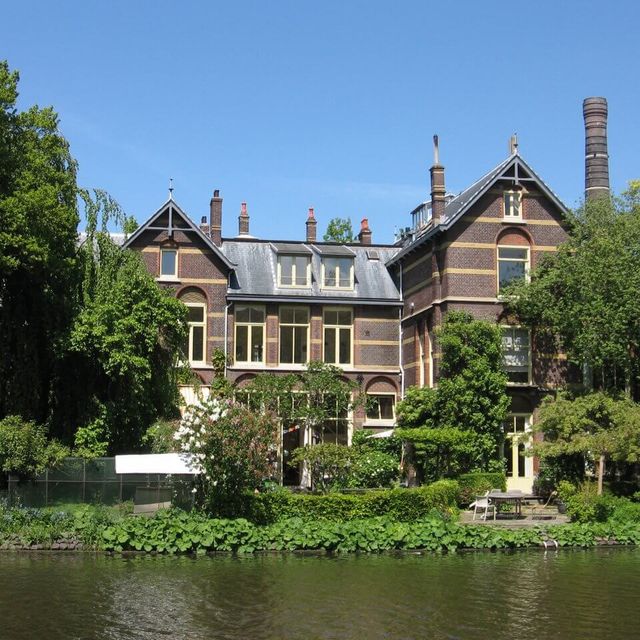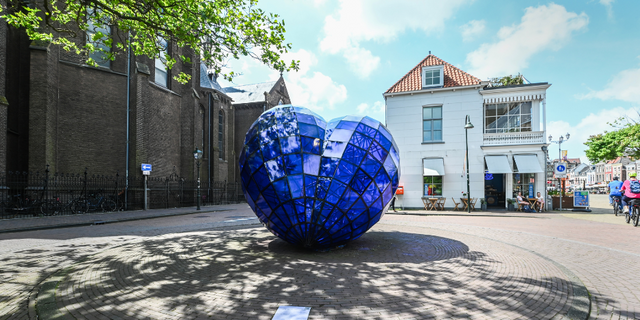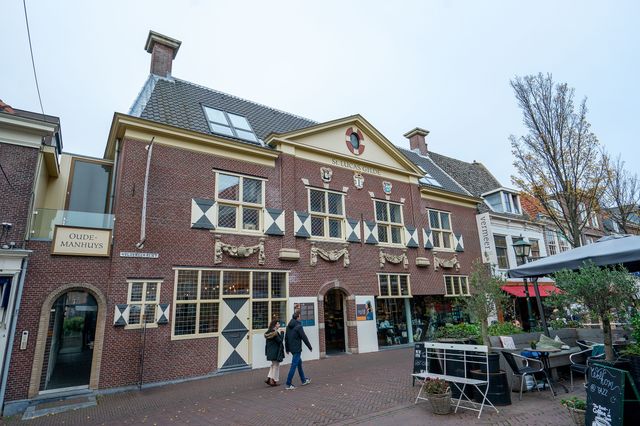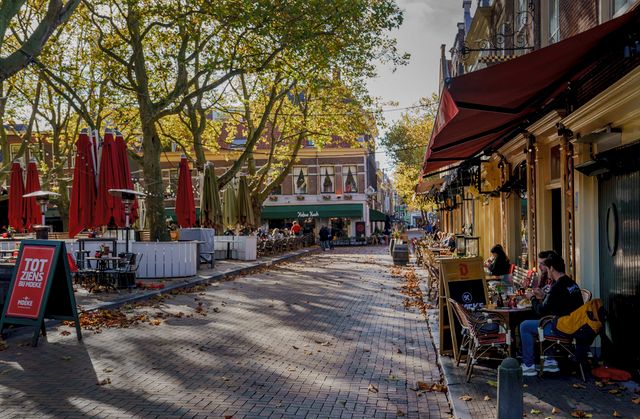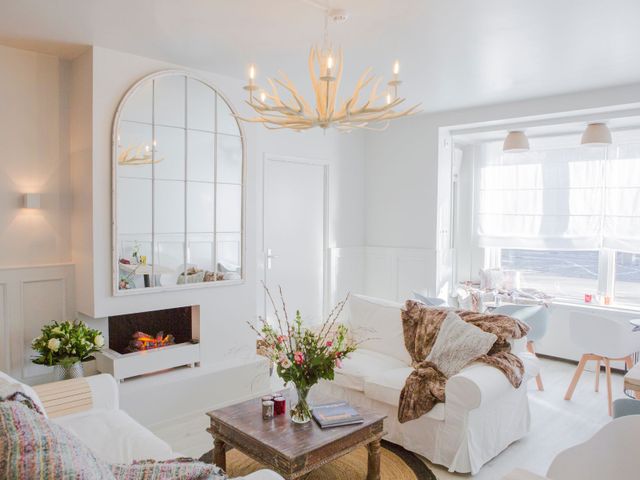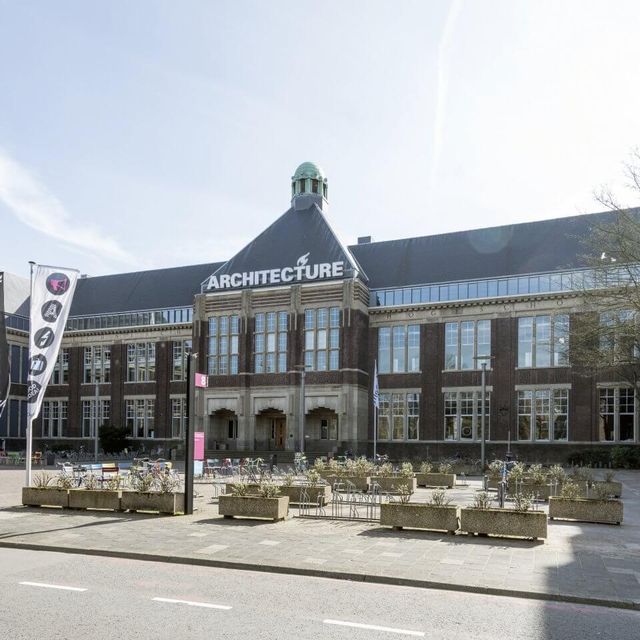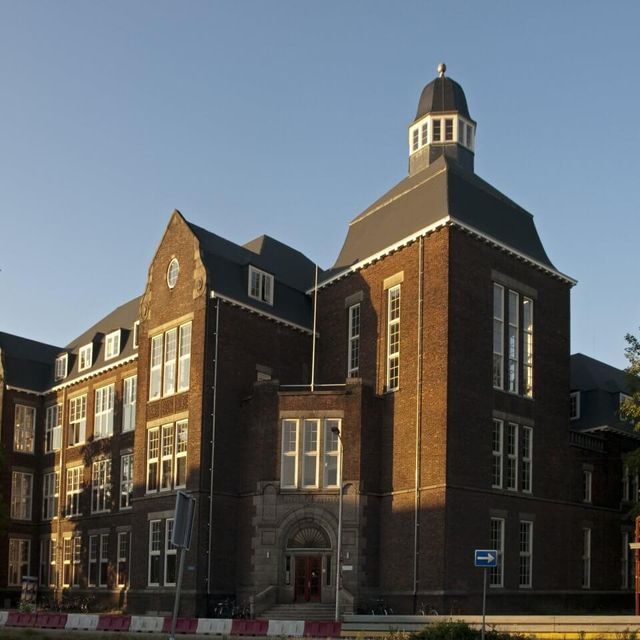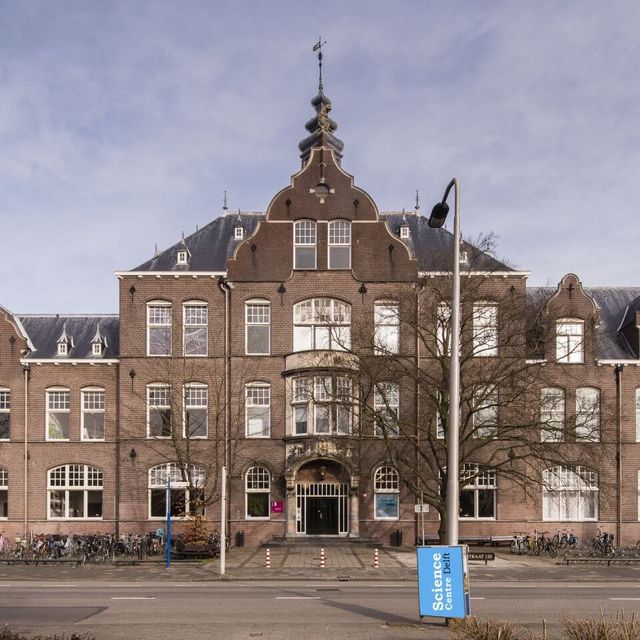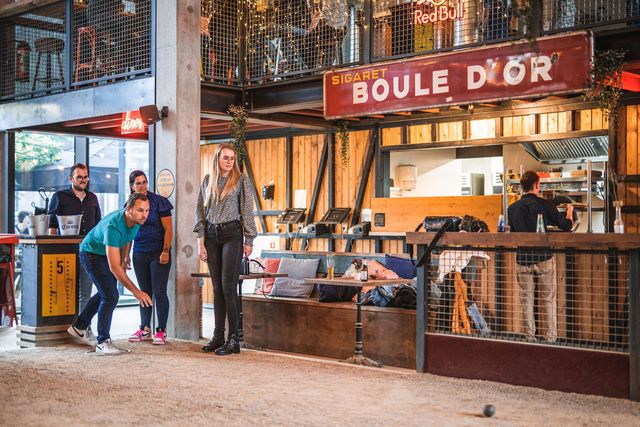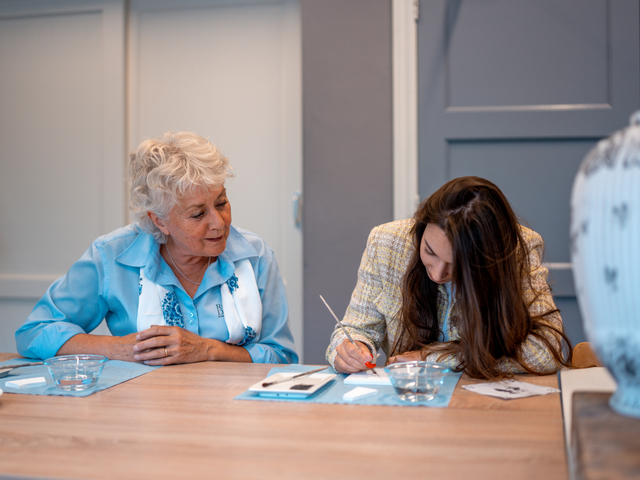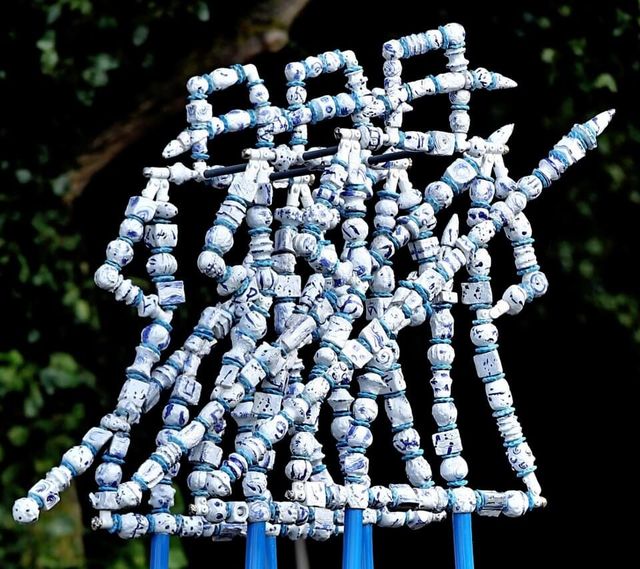
Gele Scheikunde - Walkingroute TU Noord
Today: Apartment complex (under development) Address: Julianalaan 136 Year of construction: 1938-1945 Architect: Architectural firm Bremer
Increased number of Chemical Technology students
The history of the Department of Chemical Technology and Mining Engineering starts in 1905. In 1912, it was divided into two separate departments for organisational reasons. Chemical Technology was initially housed at Westvest 9. As the number of students increased, it was decided to build new premises for the faculty in 1917.
Rode Scheikunde building was far too big and expensive
Government architect Vrijman was entrusted with the task of designing the compl…
Increased number of Chemical Technology students
The history of the Department of Chemical Technology and Mining Engineering starts in 1905. In 1912, it was divided into two separate departments for organisational reasons. Chemical Technology was initially housed at Westvest 9. As the number of students increased, it was decided to build new premises for the faculty in 1917.
Rode Scheikunde building was far too big and expensive
Government architect Vrijman was entrusted with the task of designing the complex that gained the nickname ‘Rode Scheikunde’ (literally ‘Red Chemistry’) because of the use of red brick. Construction started in April 1918, but was halted in 1923. During the economic recession of the twenties, the Rode Scheikunde complex turned out to be much too big and expensive. There was a lack of financial resources for completing the construction. The building was not yet glazed and the pipes had not yet been installed. In the meantime, new premises for the Department of Chemical Technology were still not available, even though this was urgently needed. So in 1935, the Minister of Education, the curators of the Delft Institute of Technology, the Department of Chemical Technology and the government architect Gustav Cornelis Bremer met and decided to draw up a new design.
A more modest and cheaper building
This building had to be more modest and cheaper than the lavish and stately Rode Scheikunde building. The site adjacent to the unfinished Rode Scheikunde was chosen as the location. In 1936, the initial draft of the design was discussed and in 1937, the necessary funds were requested from the national budget. In 1938, the first pile was driven into the ground of the building that would later be popularly known as ‘Gele Scheikunde’ (literally ‘Yellow Chemistry’) because of the façades built in yellow masonry. The official name is ‘Building for Organic, Inorganic and Physical Chemistry and for Chemical Technology’. Construction was stopped during the Second World War, since orders for equipment, machines and finishing materials could not go through. Completion of the building had to be delayed until 1945.
Suitable and modern premises after about 30 years
In December 1946, the move to the Gele Scheikunde building at Julianalaan 136 was completed: after being housed in extremely primitive conditions for about 30 years, the Department of Chemical Technology was finally relocated to more suitable and modern premises. The Rode Scheikunde building was eventually completed in the early fifties.
Gele Scheikunde building
The Gele Scheikunde building has three lecture halls with a capacity of 306, 145 and 60 seats, respectively. The entire complex houses 13 laboratories. The building was already found to be too small in 1949 and therefore a second storey was added. This storey was added on top of the two side wings with the rooms and in the central section adjoining the lecture halls. Gele Scheikunde is a building that is characteristic of its time, features many beautiful details and the Julianalaan entrance is particularly special. The very low canopy with the three round windows positioned high above it is beautifully designed.
